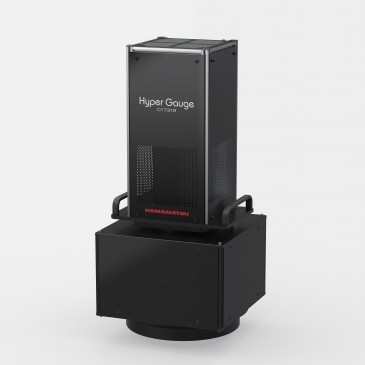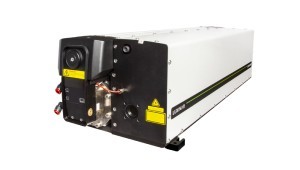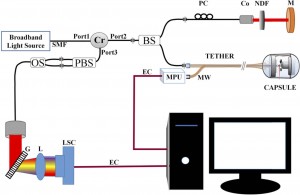
High resolution 3D imaging of biological tissue is used extensively in the diagnosis of eye diseases, typically by applying a technique known as Optical Coherence Tomography (OCT). OCT testing has become a standard of care for the assessment and treatment of most retinal conditions. It is comparable to ultrasound, except that OCT employs light rather than sound and thereby achieves clearer, sharper resolution.
In a typical OCT system, an optical signal from a broadband source is divided into sample-arm and reference-arm signals using a beam splitter. Both signals are combined and an interference signal is detected by a detector assembly. Some systems employ a wavelength-tuning optical source and are termed "swept source" OCT (SS-OCT). Meanwhile, a system where a stationary broadband signal is dispersed spatially and detected using a spectrometer is referred as a Fourier Domain OCT (FD-OCT).
Both SS-OCT and FD-OCT techniques suffer from changes in the polarization of the optical signal when the signal is transmitted through materials possessing anisotropic properties, meaning they have a different value when measured from different directions. This results in artifacts that compromise the quality of the image, and therefore, the ability of doctors to diagnose a disease.
Reducing Polarization Artifacts
Funded by Max-Planck-Gesellschaft and Massachusetts General Hospital, a team of researchers have developed a polarization insensitive detection unit (PIDU) for a spectrometer-based FD-OCT system that greatly minimized polarization associated artifacts in OCT images. The spectrometer unit employed diffraction grating (set at 1200 lines per mm), an 80mm lens, and a Sensors Unlimited InGaAs line-scan camera with a resolution of 2048 pixels.
Data from the spectrometer was collected at a line-scan speed of 100kHz utilizing a BitFlow Axion-CL Camera Link frame grabber. The Axion-CL supports a single Base CL camera, Power over Camera Link (PoCL), and can acquire up to 24 bits at 85MHz. The frame grabber benefits from a PCIe Gen 2 interface and a DMA optimized for fully loaded computers. Data collected by the Axion-CL was processed on Labview software.
To demonstrate the proof of principle in biological tissue the researchers imaged chicken breast because of its high birefringence. Tests were conducted on the OCT system with and without the PIDU. During the imaging, the tissue was held in hand and maneuvered constantly to mimic real clinical conditions. Images were acquired and recorded for 10 seconds.
For the OCT system without PIDU, it was observed that the bright and dark bands of the sample were constantly fluctuating which can be attributed to the polarization dependent phase changes in the sample light. The OCT system with PIDU, however, showed that the image artifacts were not noticeable, making for images that are more accurate for a doctor to observe. Researchers found that in close examination, it was not only the light from the tissue that changes in intensity but also the light from the inner wall of the capsule which is not in tissue contact. This supports the idea that polarization artifacts come not solely from a tissue sample, but can also arise from the system itself.
The researchers believe their new design will be particularly useful in clinical settings where the sample arm is constantly under motion during probe introduction or when it is subjected to peristaltic motion. Further studies are planned on other biological tissues.
David Odeke Otuya, Gargi Sharma, Guillermo J. Tearney, and Kanwarpal Singh, "All fiber polarization insensitive detection for spectrometer based optical coherence tomography using optical switch," OSA Continuum 2, 3465-3469 (2019)
Visit www.bitflow.com for more information.






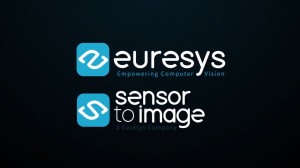
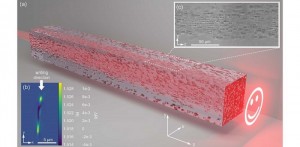
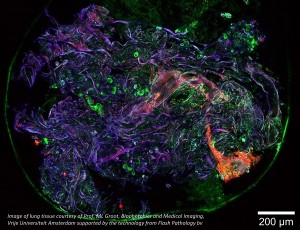

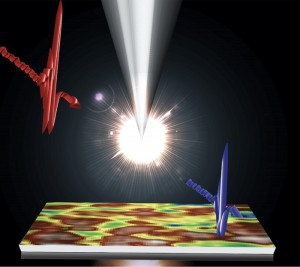

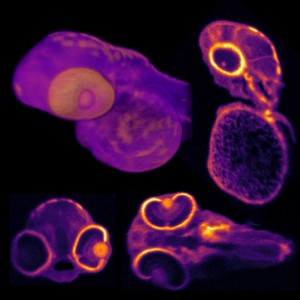
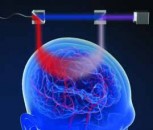

















 Back to News
Back to News